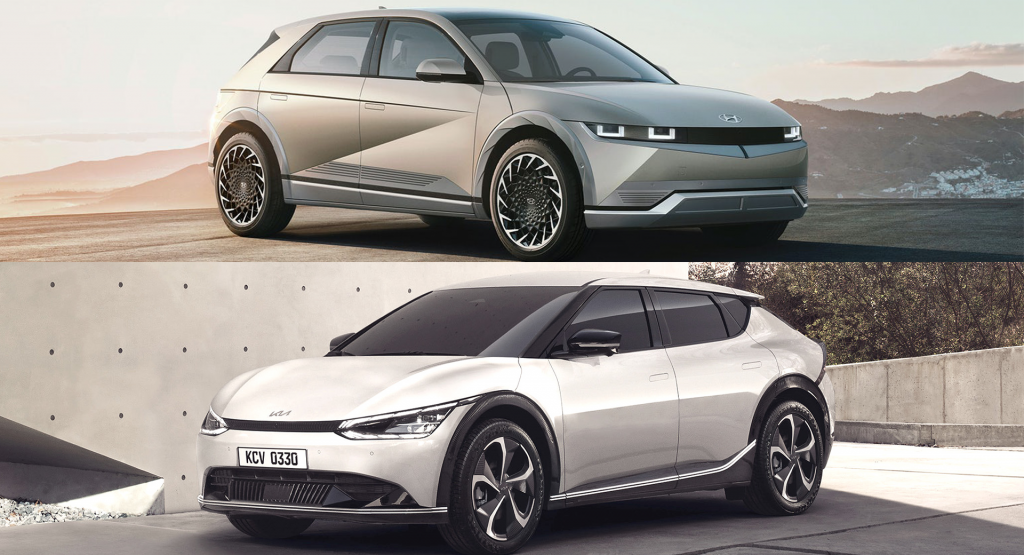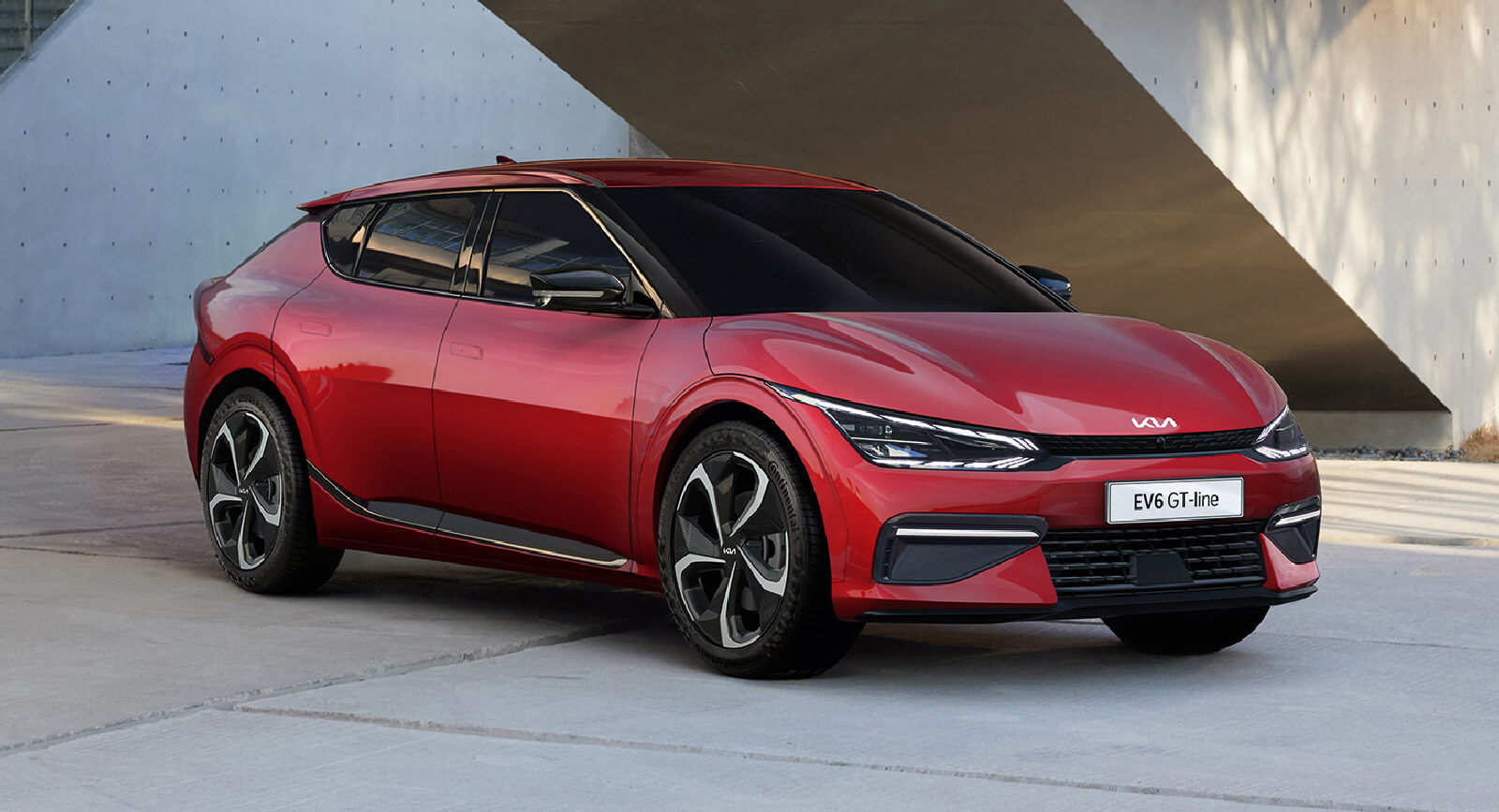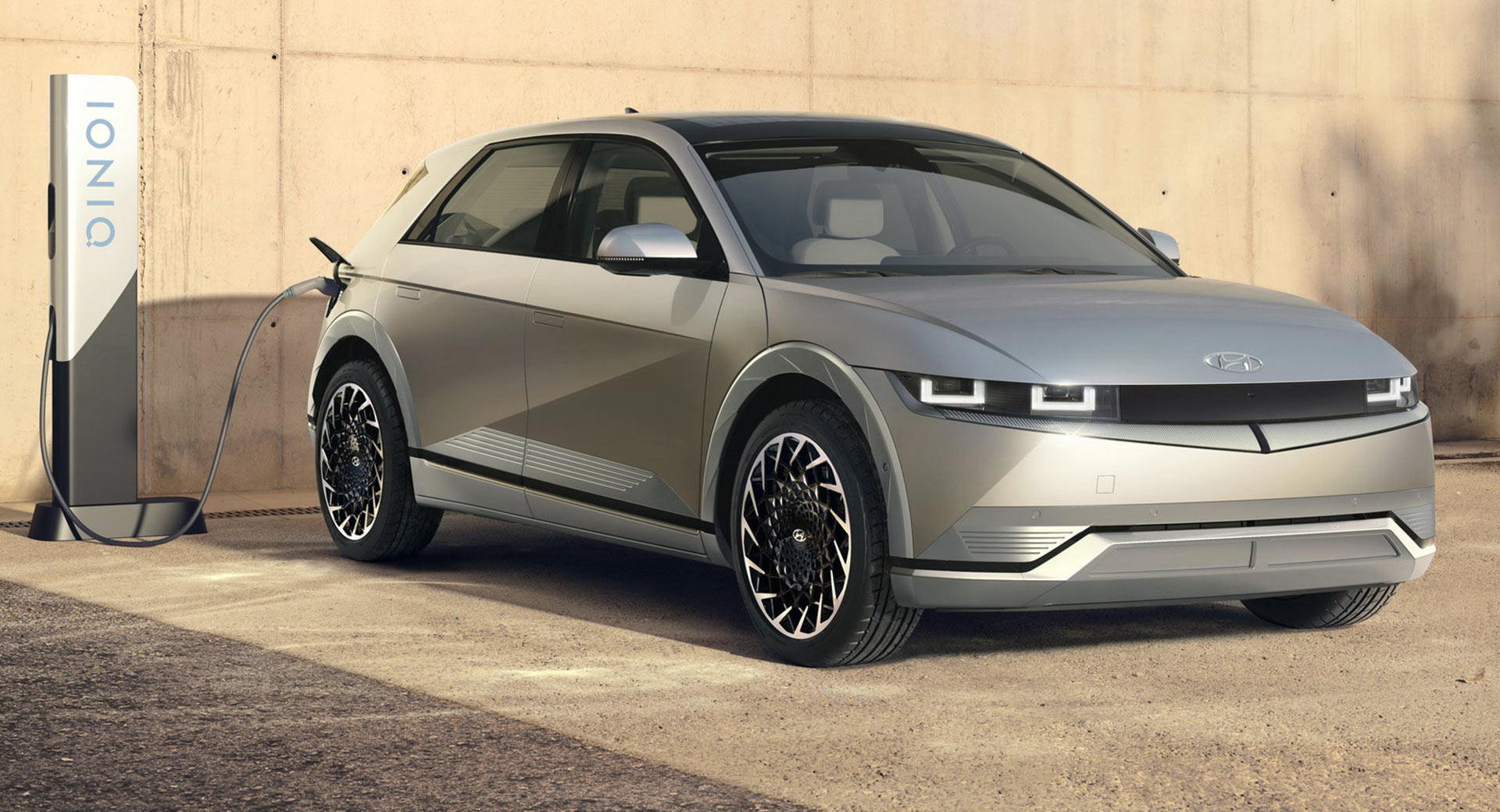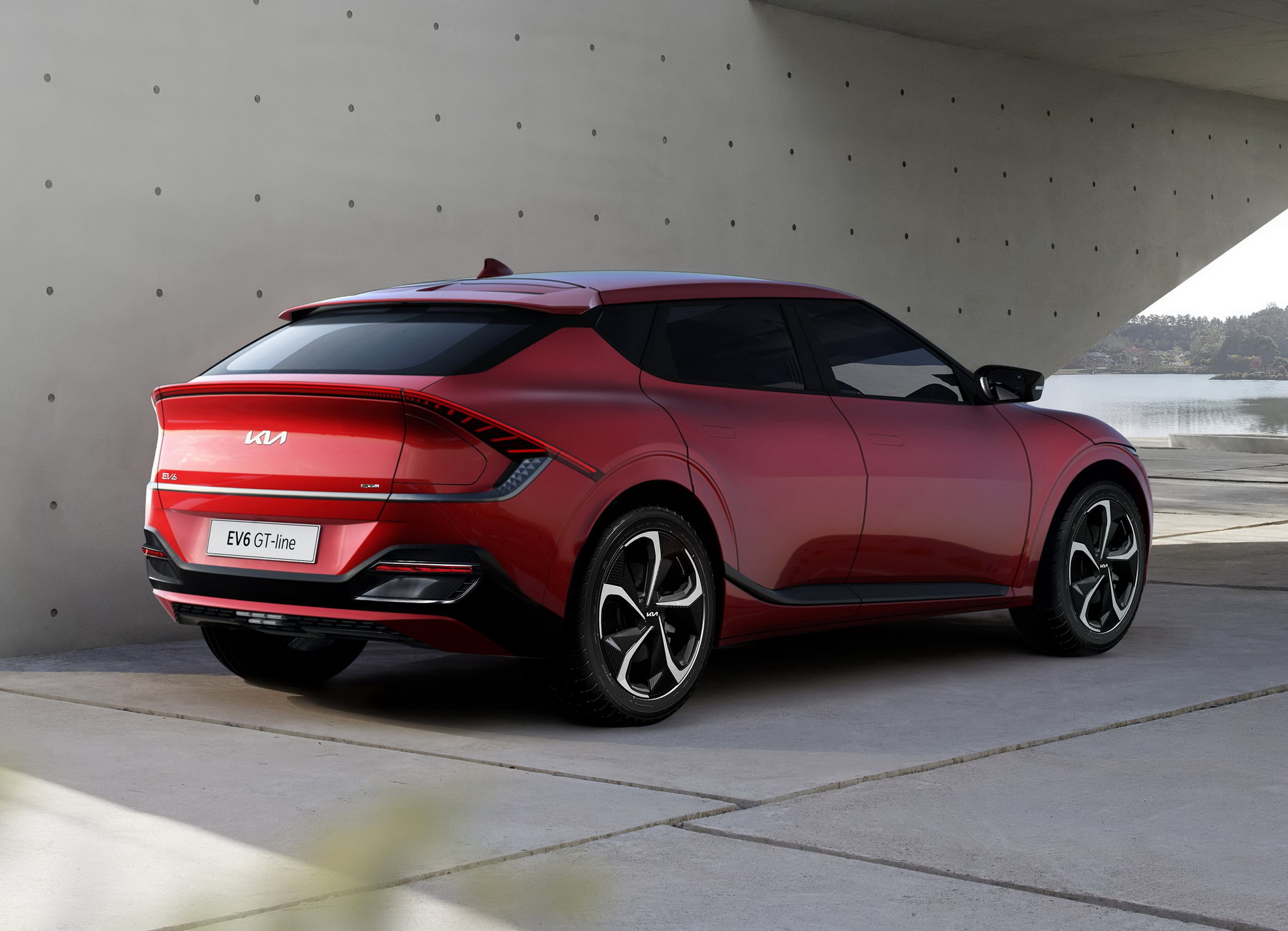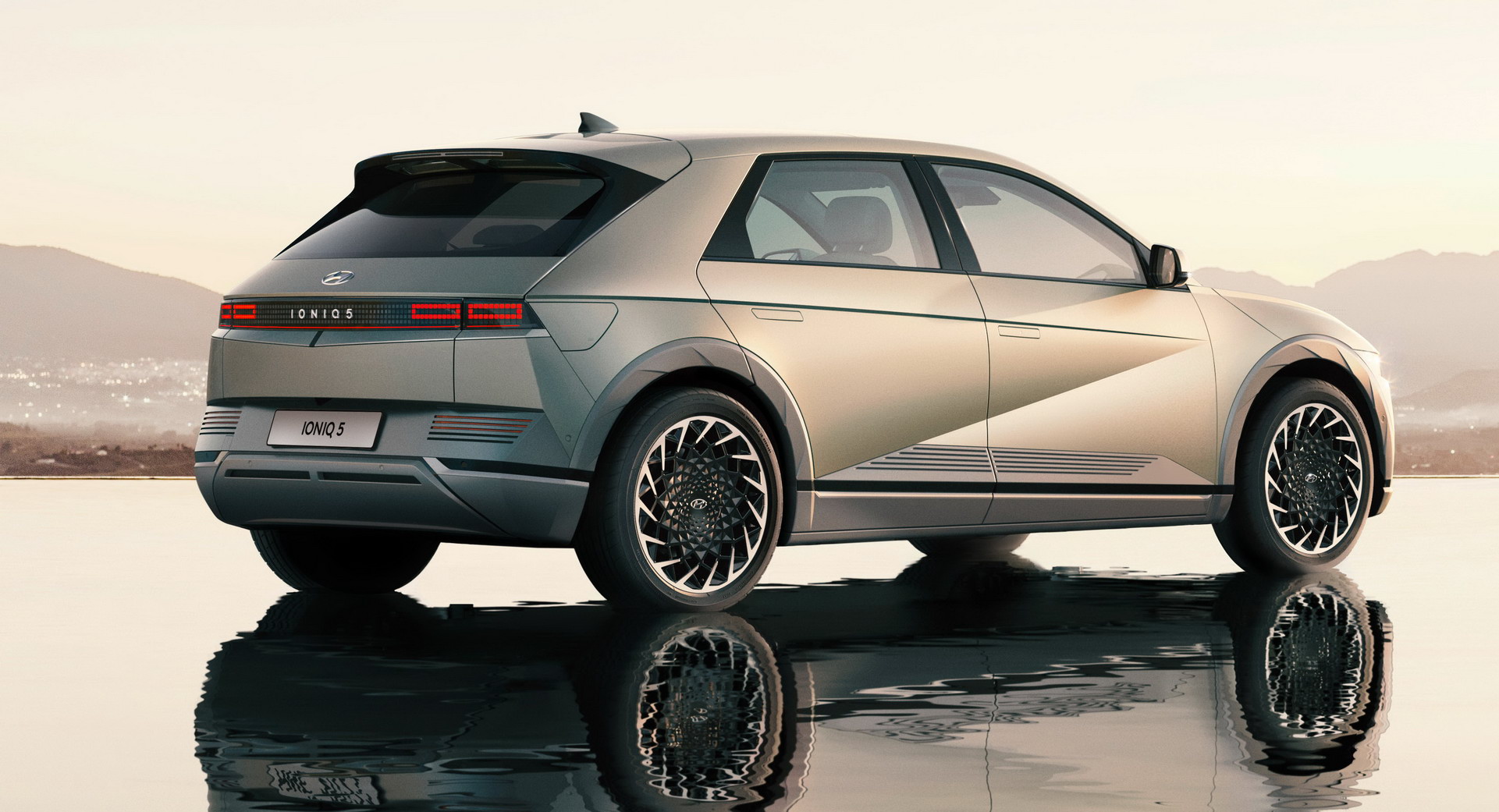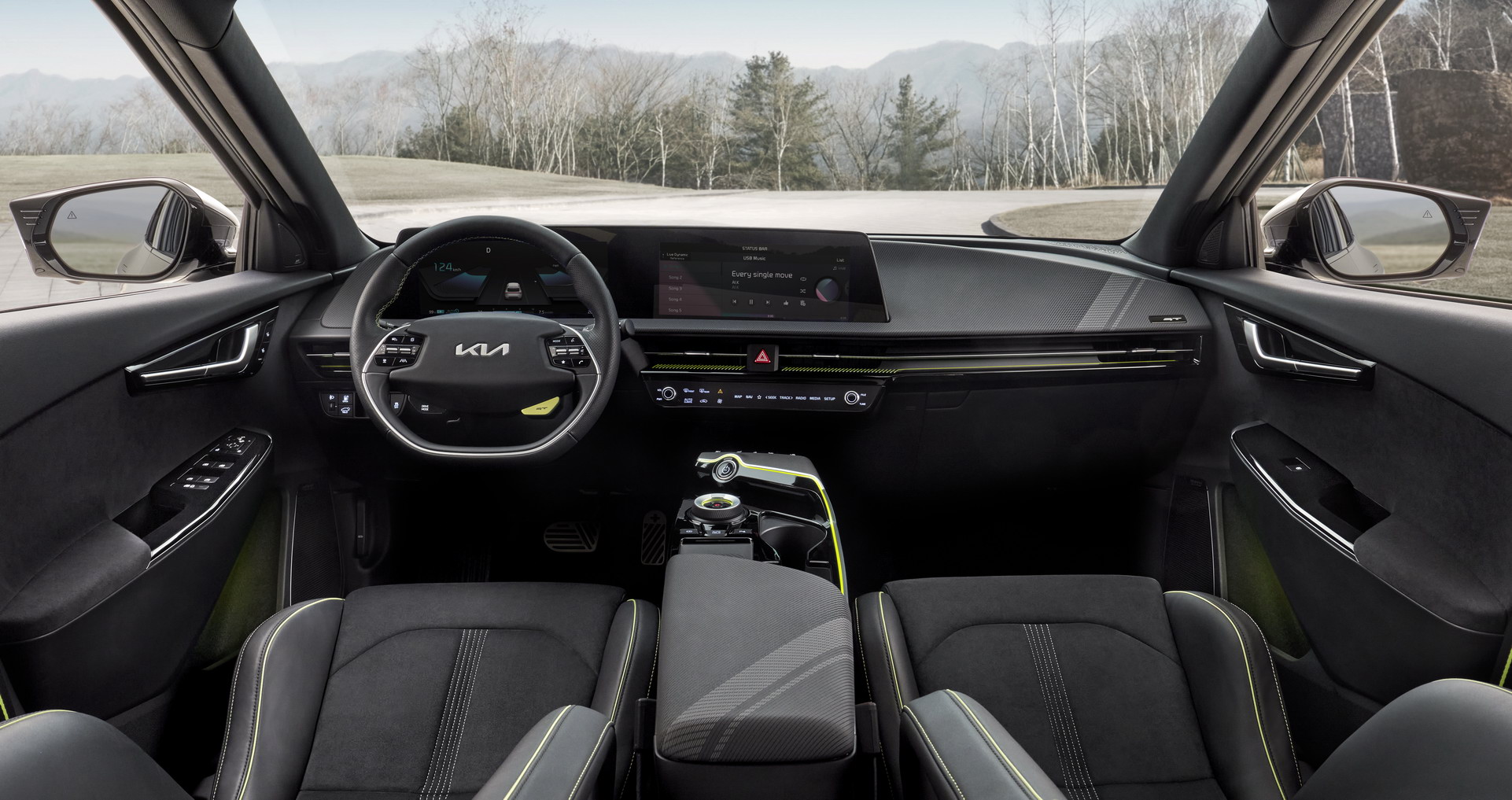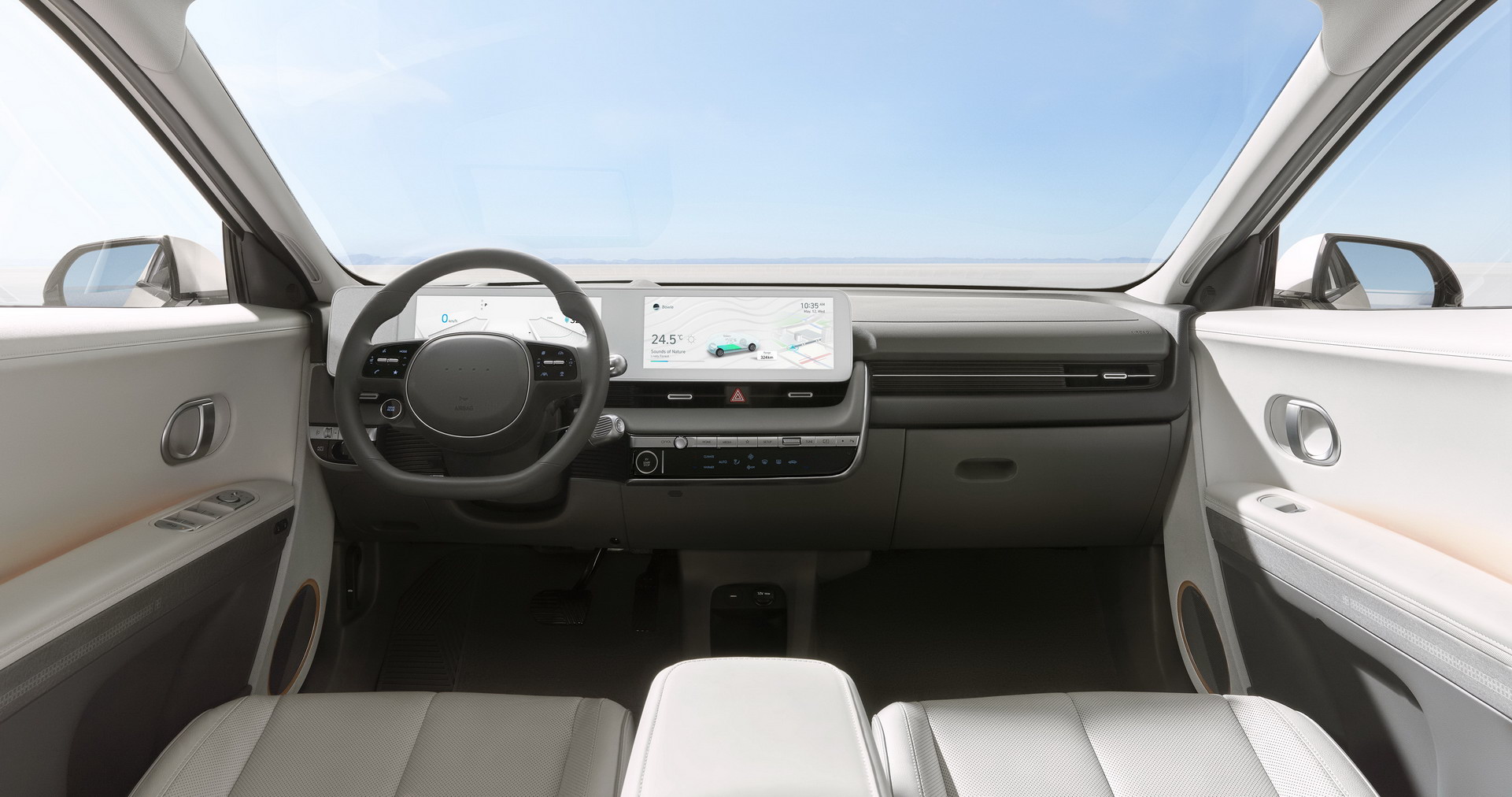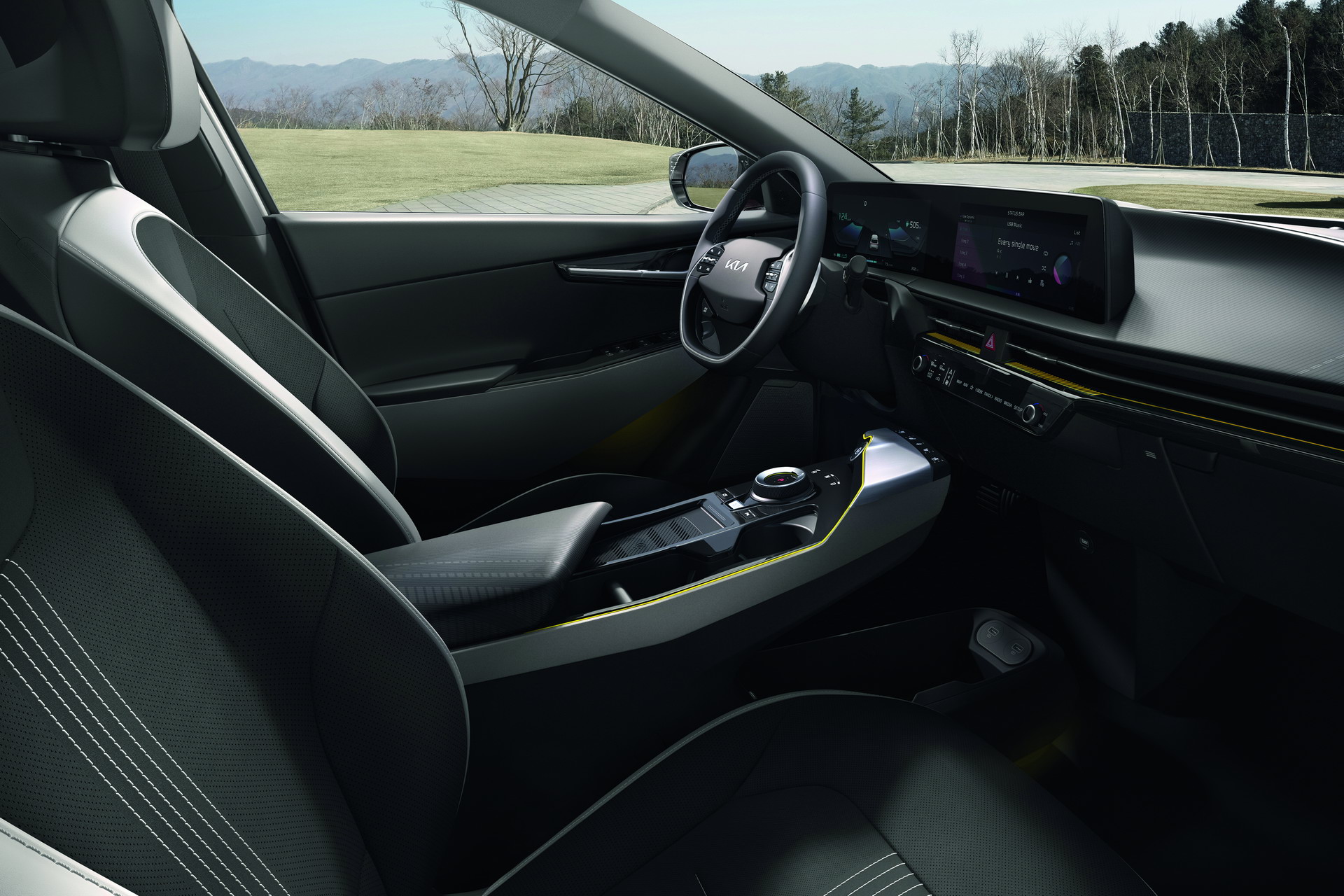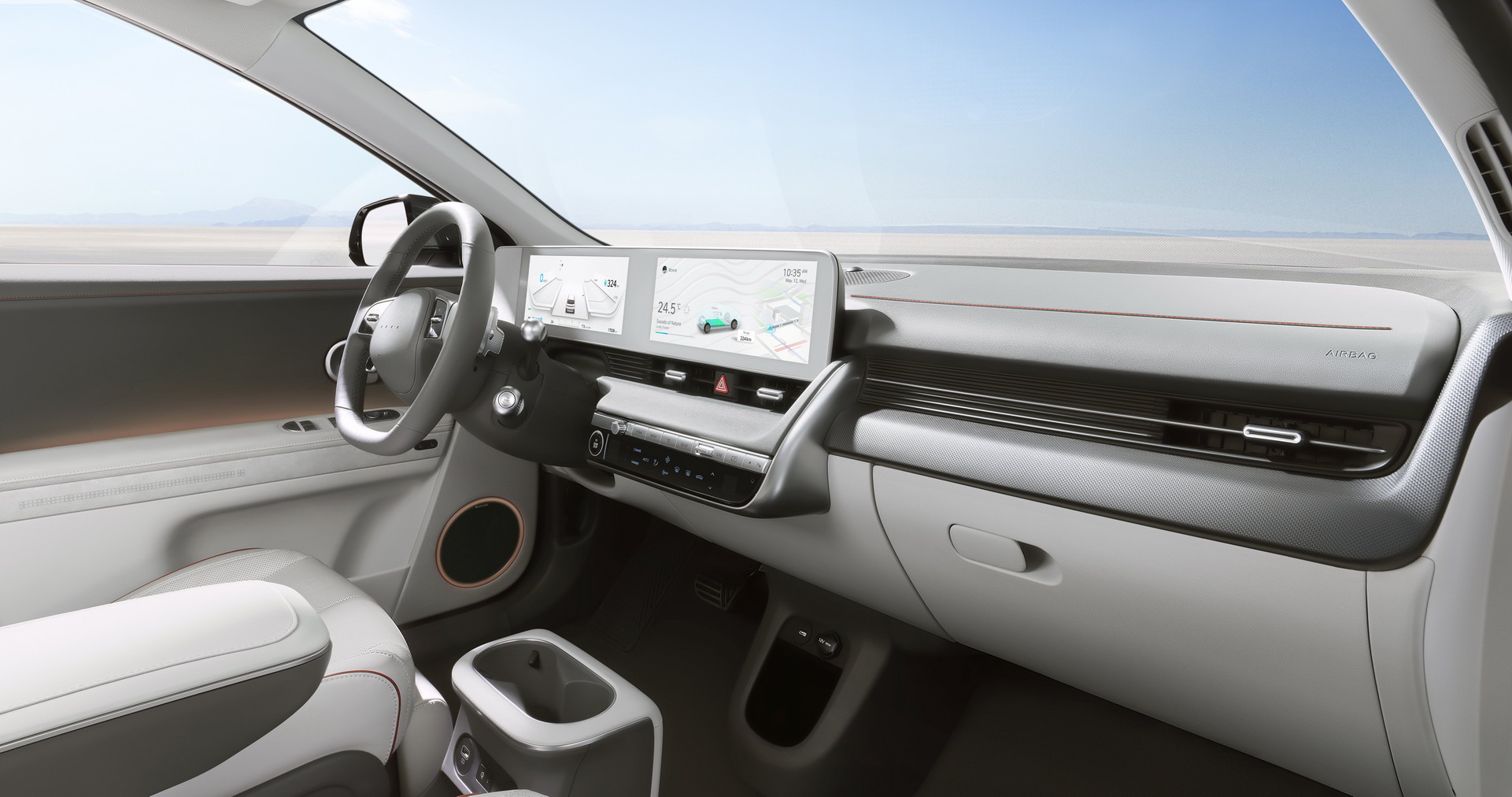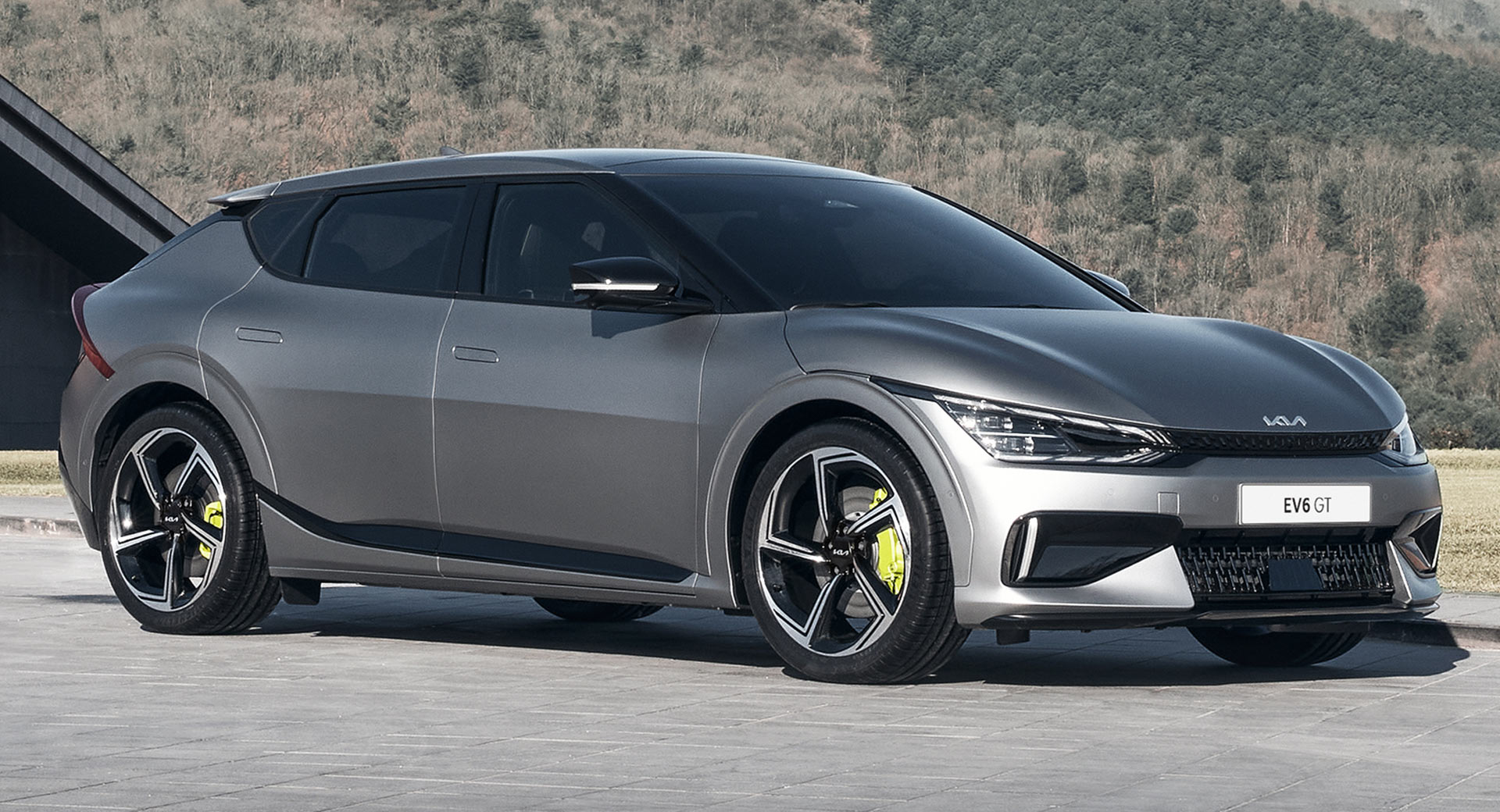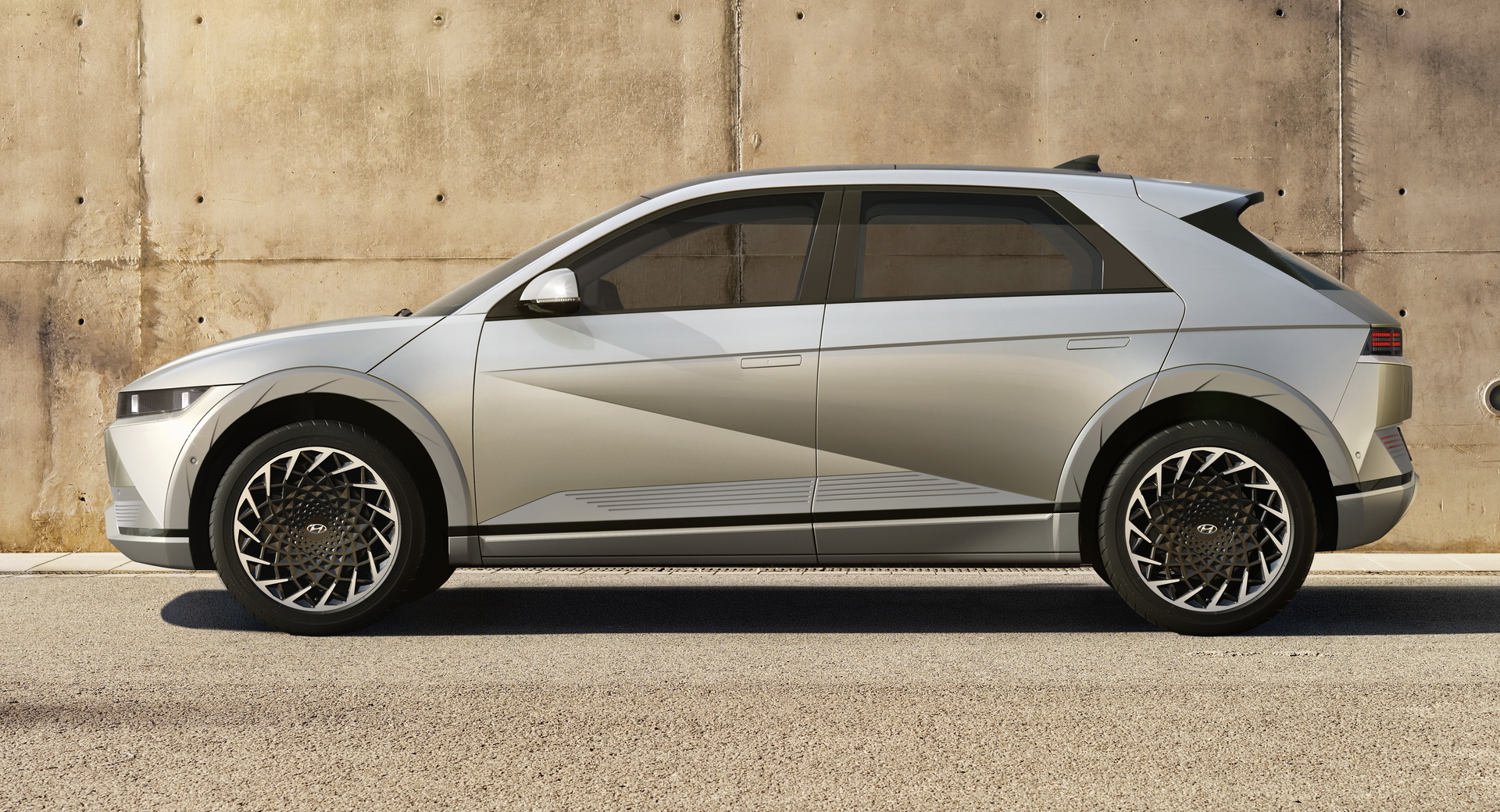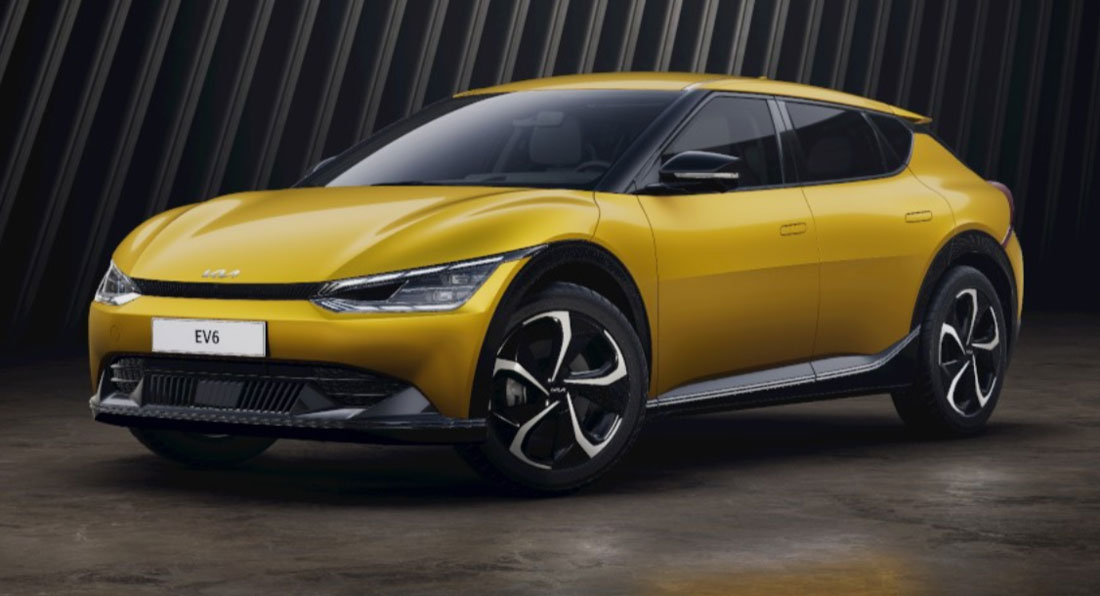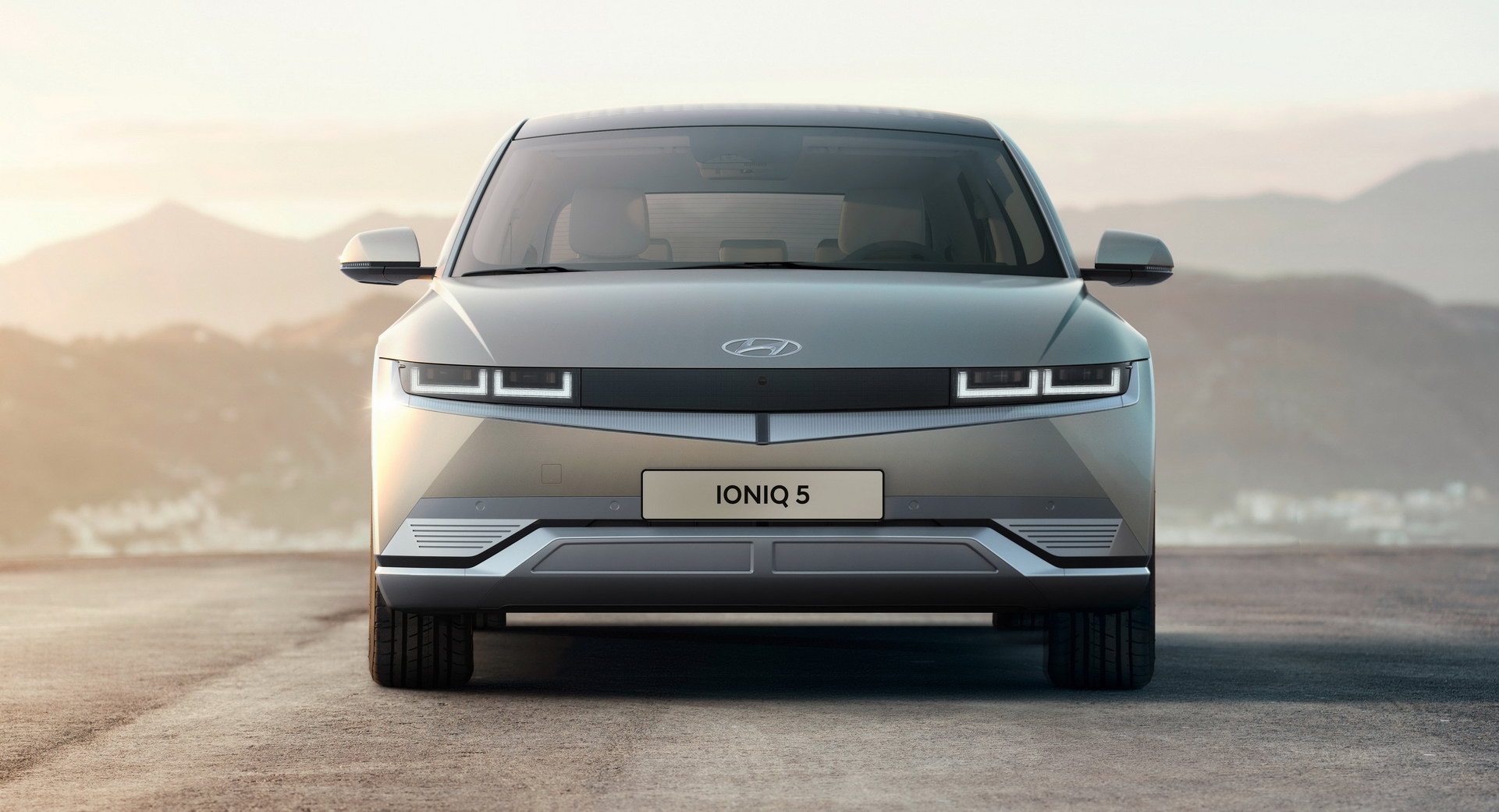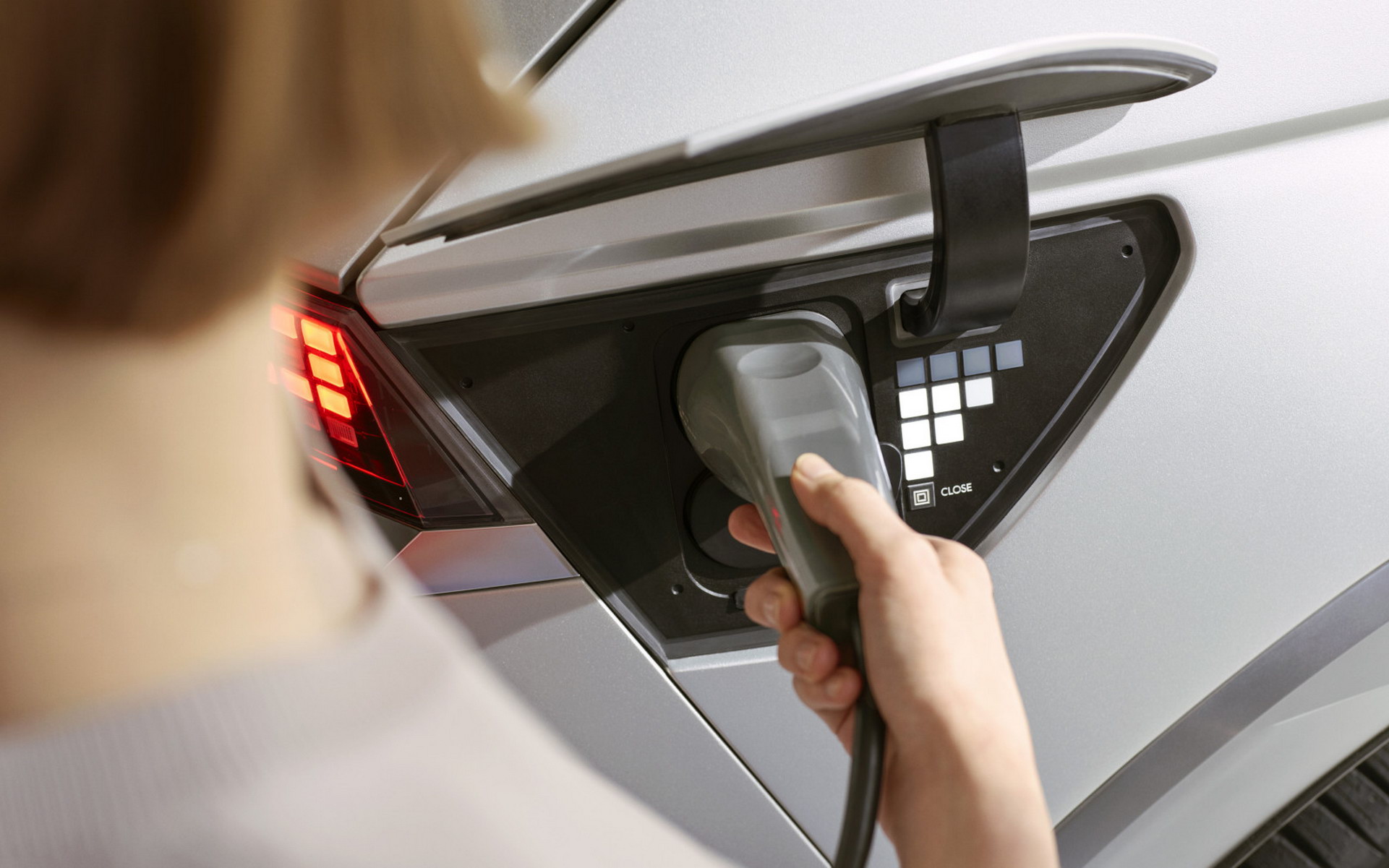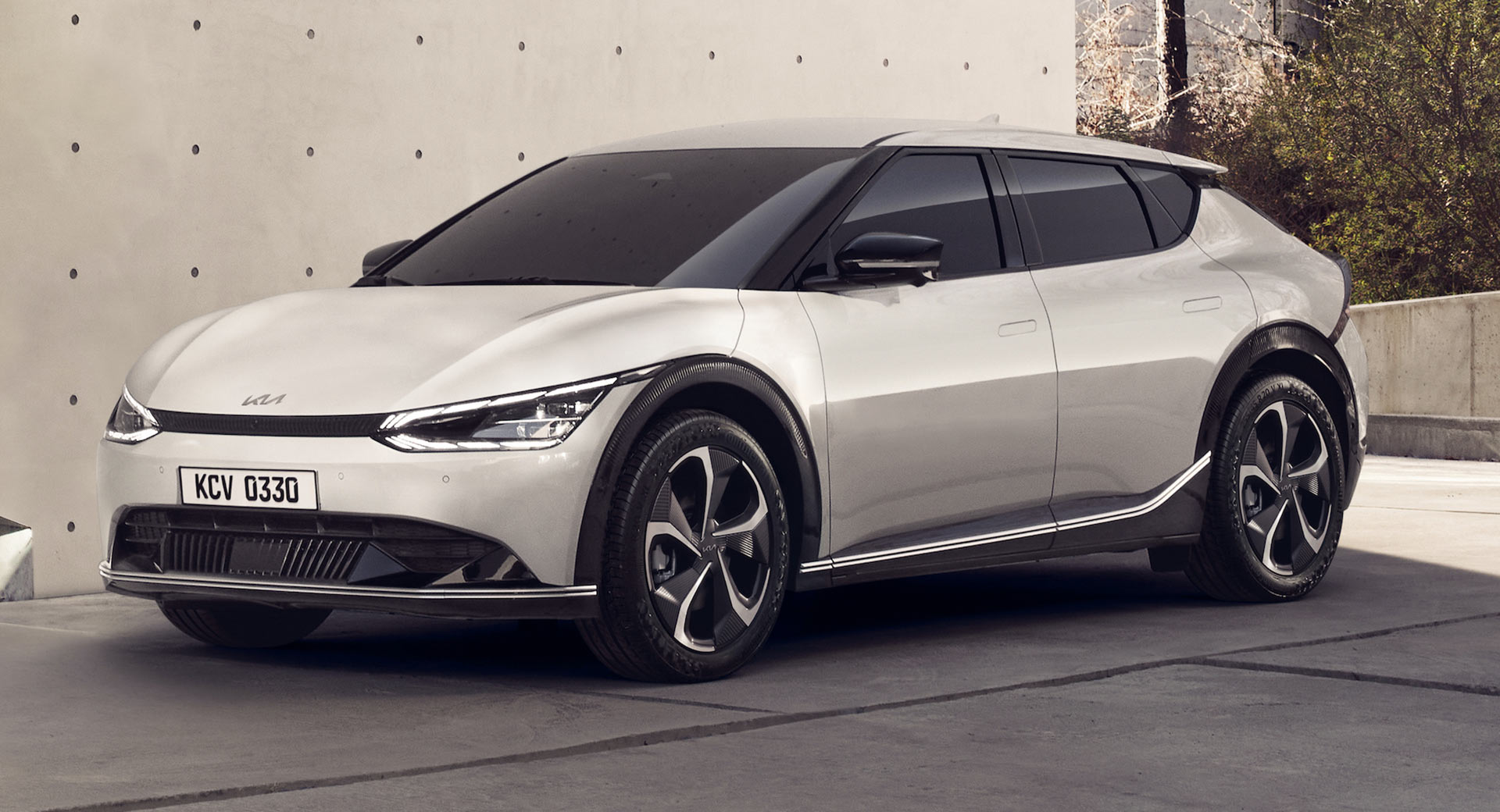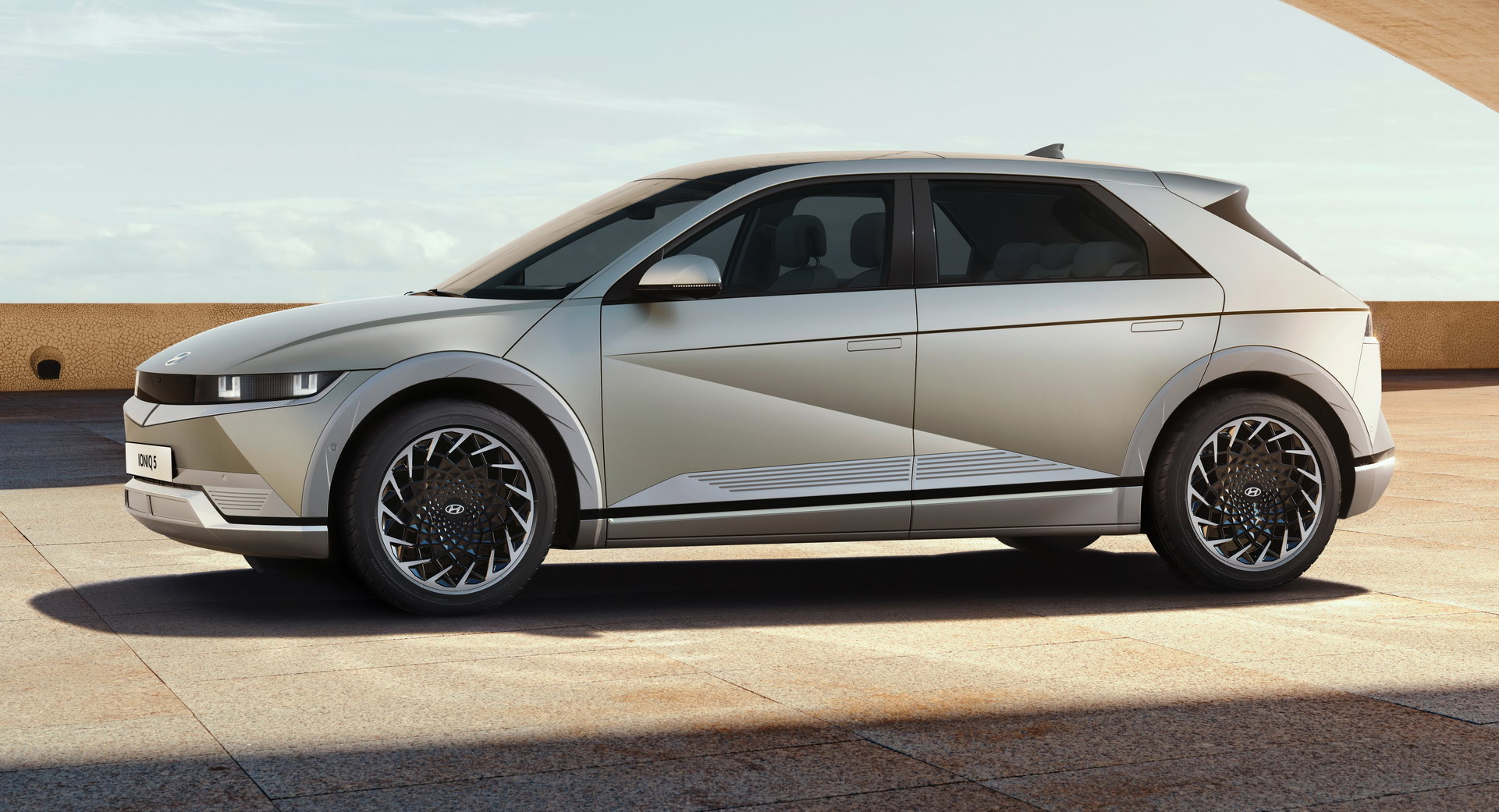Kia and Hyundai have come a long way in the last few years, but that’s nothing compared to where the EV6 and Ioniq 5 are about to take them.
This pair of EVs seems to have it all. They’re both built around the same E-GMP electric platform, yet each has its own individual style. They’re roomy, as well equipped as you’d expect any Kia or Hyundai to be, and, in the case of the supercar-humbling 577 hp EV6 GT, fast enough to scalp any one of a dozen fancy European sports cars.
But there are some important differences that might help you decide which one gets your coin. Stick around and watch the EV6 and Ioniq 5 fight it out in the battle of the specs.
Styling And Dimensions
The EV6 and Ioniq 5 are great examples of how to make platform-sharing work without diluting the product. Though both use the same architecture, only a committed car geek could tell they’re related. Do you prefer the more retro-hatchback vibe of the Hyundai, which riffs on the design of the original 1970s Pony? Or is the sleek, modern Kia more your style? Let us know in the comments.
Related: Watch Kia’s EV6 Electric Car Eat A Ferrari, Lamborghini, AMG And Porsche In A Drag Race
Interestingly, though they share a platform, and the Kia looks fractionally bigger to our eyes, the EV6’s 114-inch (2.9 m) wheelbase is actually 3.9 inches (100 mm) shorter than the Ioniq’s. The 184.3-inch (4680 mm) Kia is slightly longer overall (the Hyundai measures 4635 mm/182.5 inches), and around 2 inches (50 mm) lower.
In The Cabin
Open the driver’s door of the EV6 or Ioniq 5 and you’ll find an interior that’s as different from its opposite number’s as the exterior is. And it’s the Ioniq that looks the more futuristic.
Both have long digital displays that merge the gauge cluster ahead of the steering wheel with the main infotainment touchscreen in the center of the dashboard. But while the Hyundai’s appears flat, giving both driver and passenger equal access, and floats proud of the dashboard, the Kia’s is curved and angled towards the driver.
That little styling detail and the more traditional built-up transmission tunnel (despite the fact the EV architecture allows a flat floor in both cars) suggest the EV6 is being positioned as the driver’s car of the pair. Hyundai, on the other hand, wants to tell you about its one-touch reclining seat that makes it easier for you to recharge your own batteries while the car is doing the same.
The two cars are similarly matched for trunk space, but the Ioniq just edges ahead with 18.8 cu ft (531 liters) to the EV6’s 18.4 cu ft (520 liters) and offers fractionally more frunk room too, which might be handy if you find tidying away those charging cables like wrestling with a family of snakes.
Batteries And Motors
As you’d expect, given the shared architecture, there’s plenty of commonality underneath those very different bodies. Depending on market, both cars will be available with a basic 58 kWh battery pack or a more powerful 77.4 kWh (72.6 kWh in some markets), and with one motor driving the rear wheels, or a motor driving each axle. And the power output of those motors depends on which battery is supplying the juice.
The entry-level, single-motor, 58 kWh battery versions of each car serve up 168 hp and 258lb ft, while choosing the bigger battery moves those figures to 232 hp and a thumping 446 lb ft.
But then things diverge in the Kia’s favor. The two-wheel drive/big battery combination yields 215 hp in the Ioniq 5 but 225 hp in the EV6. Go dual-motor with the same battery and the Hyundai serves up 302 hp, but the Kia beats it with 321 hp. And topping the EV6 range is the 577 hp, 546 lb ft EV6 GT, a version Hyundai currently has no answer for.
Performance
Depending which combination of battery you’ve chose for your EV6 or Ioniq 5, your Korean EV can feel either mild or hot when you stomp on the right pedal.
The 168 hp, two-wheel drive Ioniq 5 with the standard battery that kicks the range off in Europe will get to 62 mph in 8.5 seconds. But US cars come with the bigger 77.4 kWh battery, bumping power to 215 hp, and slashing that time to a more credible 7.4 seconds.
Go for the dual-motor all-wheel drive variant with the long-range battery pack and the 62 mph time drops to 6.1 seconds for cars fitted with the standard battery, and 5.2 seconds when equipped with the bigger power pack.
The EV6 is a very similar performer, with one exception. The 58 kWh all-wheel drive car hits 62 mph in 6.2 seconds, or 5.2 seconds when fitted with the bigger battery. But Kia’s ace is the 577 hp GT: with a zero to 62mph time of 3.5 seconds it can leave the Ioniq, and quite a few Porsches, trailing in its wake.
Range and Charging
The E-GMP architecture gives both cars an operating voltage of 800 volts, something normally only found on high-end luxury cars like the Porsche Taycan. That allows the EV6 and Ioniq 5 to use 350 kW charging stations, if you can find one. Presuming you can, you’ll be able to charge the battery from 10 to 80 percent in 18 minutes, and plugging in for just 5 minutes will add 60 miles of driving range.
Or you can plug other devices, like electric scooters or laptops, into the Kia and Hyundai and use them as a giant battery pack. Hyundai also offers a solar roof, something that doesn’t seem to feature on the EV6’s spec sheet.
Speaking of range, the leggiest EV6 is the rear-drive, 77.4 kWh version, which is rated at 316 miles on the WLTP cycle. The equivalent Ioniq only manages 290-300 miles, though we expect both to be rated at closer to 260 miles by the EPA.
Price And On Sale Dates
The Ioniq 5 launches in Europe this summer, with the EV6 following in the fall, about the time the Ioniq lands in the US. An entry-level EV6 will set you back £40,895 ($56,800) and a launch-edition Ioniq “Project 45” will cost £48,000 ($66,700). But since the EV6 doesn’t get to North America until late 2021 or early 2022, it’s too early to talk US prices for either car. You can, however, expect them to be in line with rivals like the Mustang Mach-E, which starts at around $43,000 before tax credits.
Verdict
The Kia EV6 and Hyundai Ioniq 5 might share much beneath the skin, but those skins are so different you’ve probably already decided which you prefer. We’ll have to wait until we get a proper chance to see and drive this pair in detail to make a proper call, but we like the idea of mating the Ioniq’s futuristic interior with the monster performance of the 577 hp EV6, something that’s not possible as it stands. So, which one would get your dollar?








